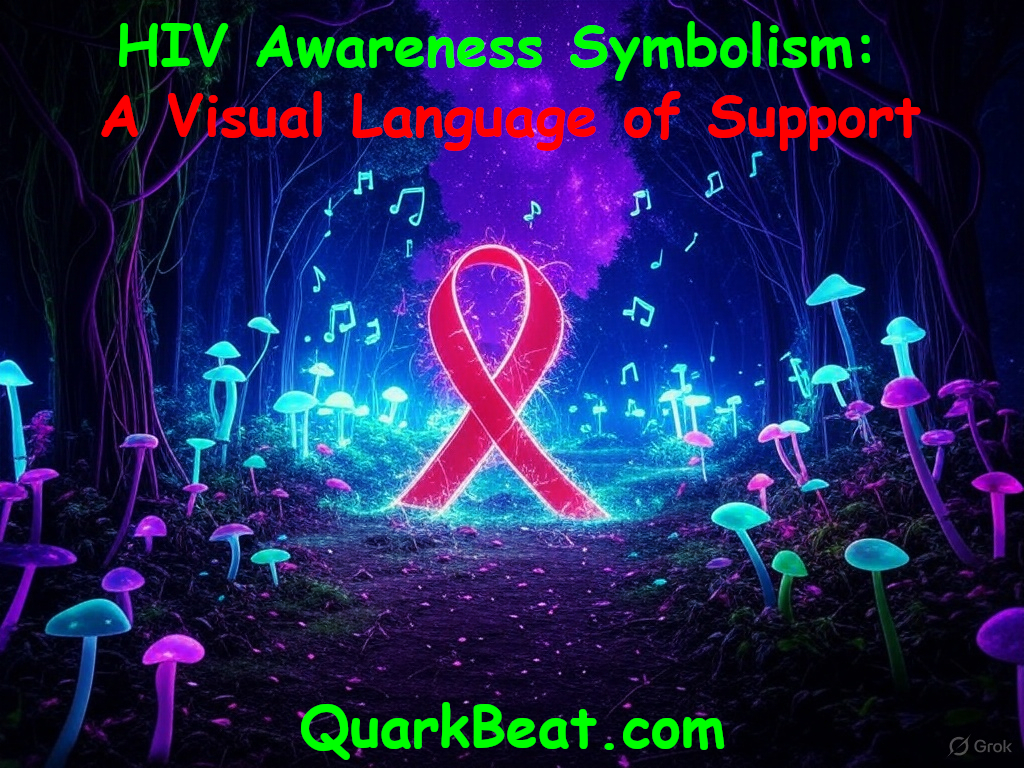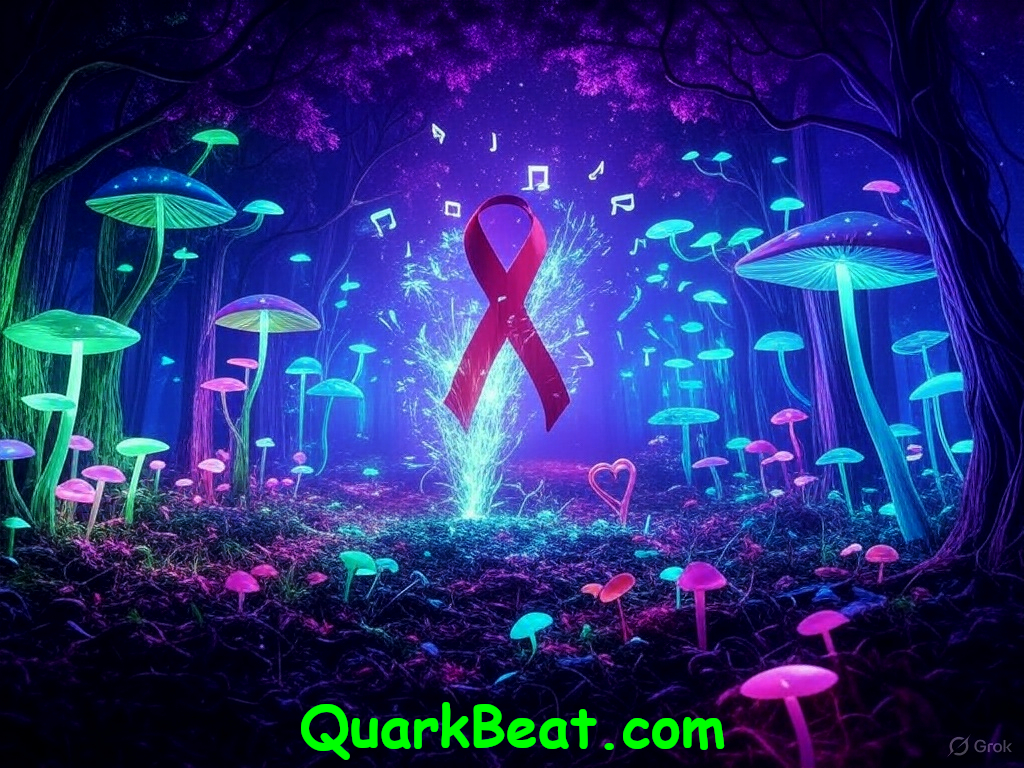HIV Awareness Symbolism: A Visual Language of Support.
Watch the HIV Consumer Alliance of WA's World AIDS Day Statement 2024!
HIV Awareness Symbolism: A Visual language of Support, plays a crucial role in advocacy, education, and reducing stigma by providing visual cues that promote understanding, solidarity, and action. Here’s an overview of the key symbols associated with HIV awareness, their meanings, and their significance:
Key Symbols of HIV Awareness
- 1. Red Ribbon
Origin: The red ribbon, the most widely recognised symbol of HIV/AIDS awareness, was created in 1991 by the Visual AIDS Artists Caucus in New York to raise awareness during the AIDS crisis.
Meaning: The red colour symbolises passion, love, and the blood connection (reflecting the virus’s transmission). It also represents solidarity with those living with HIV/AIDS and remembrance for those who have passed away.
Usage: Worn as a pin, displayed on posters, or used in events like World AIDS Day (December 1), the red ribbon encourages conversations about HIV prevention, treatment, and support. - 2. HIV/AIDS Awareness Colors
Red: The primary colour for HIV/AIDS awareness, signifying urgency, love, and the fight against the disease.
Other Colours: Purple often symbolises hope and healing, while white represents purity, remembrance, and the push for a cure. - 3. Awareness Days and Events
World AIDS Day (December 1): Uses the red ribbon to promote support, with themes like “End Inequalities. End AIDS” inspiring symbols of unity.
National HIV Testing Day (June 27): Features symbols like test tubes or checkmarks to encourage testing, often paired with the red ribbon. - 4. Butterfly Symbol
Meaning: Represents transformation, hope, and the journey of living with HIV, reflecting resilience and growth.
Usage: Used in campaigns focusing on mental health and empowerment for those living with HIV. - 5. Zero Symbol (for Zero Discrimination)
Origin: Launched by UNAIDS in 2014, often paired with a butterfly to symbolise zero new infections, zero discrimination, and zero AIDS-related deaths.
Meaning: A call to action against stigma, aiming to end the epidemic by 2030. - 6. Hands and Hearts
Meaning: Hands joining or forming a heart represent unity, support, and community, symbolising love and care for those affected.
Usage: Seen in posters and events to emphasise collective action and compassion. - 7. Cultural and Regional Symbols
In Australia, campaigns might use Indigenous art or symbols like the kangaroo to resonate locally. Flowers like forget-me-nots honour those lost to AIDS in memorial events. - 8. Modern Digital Symbols
Emojis: Red ribbon 🎀, heart ❤️, or raised hands 🙌 promote awareness online.
Hashtags: #WorldAIDSDay and #EndHIVStigma, often paired with digital badges, encourage engagement.
Significance of HIV Awareness Symbolism
- Visibility: Symbols like the red ribbon make HIV/AIDS visible, encouraging dialogue and normalising discussions about how to prevent HIV infections.
- Stigma Reduction: Displaying these symbols signals acceptance, helping combat stigma that prevents testing and treatment.
- Community and Solidarity: Symbols foster a sense of belonging for those living with HIV and their loved ones.
- Call to Action: Symbols accompany campaigns for prevention, testing, and research funding, motivating action.
In this article’s context, the red ribbon on the “HIV Awareness Symbolism: A Visual language of Support!” images symbolises solidarity, remembrance, and a commitment to supporting HIV+ individuals in a safe, inclusive environment.




